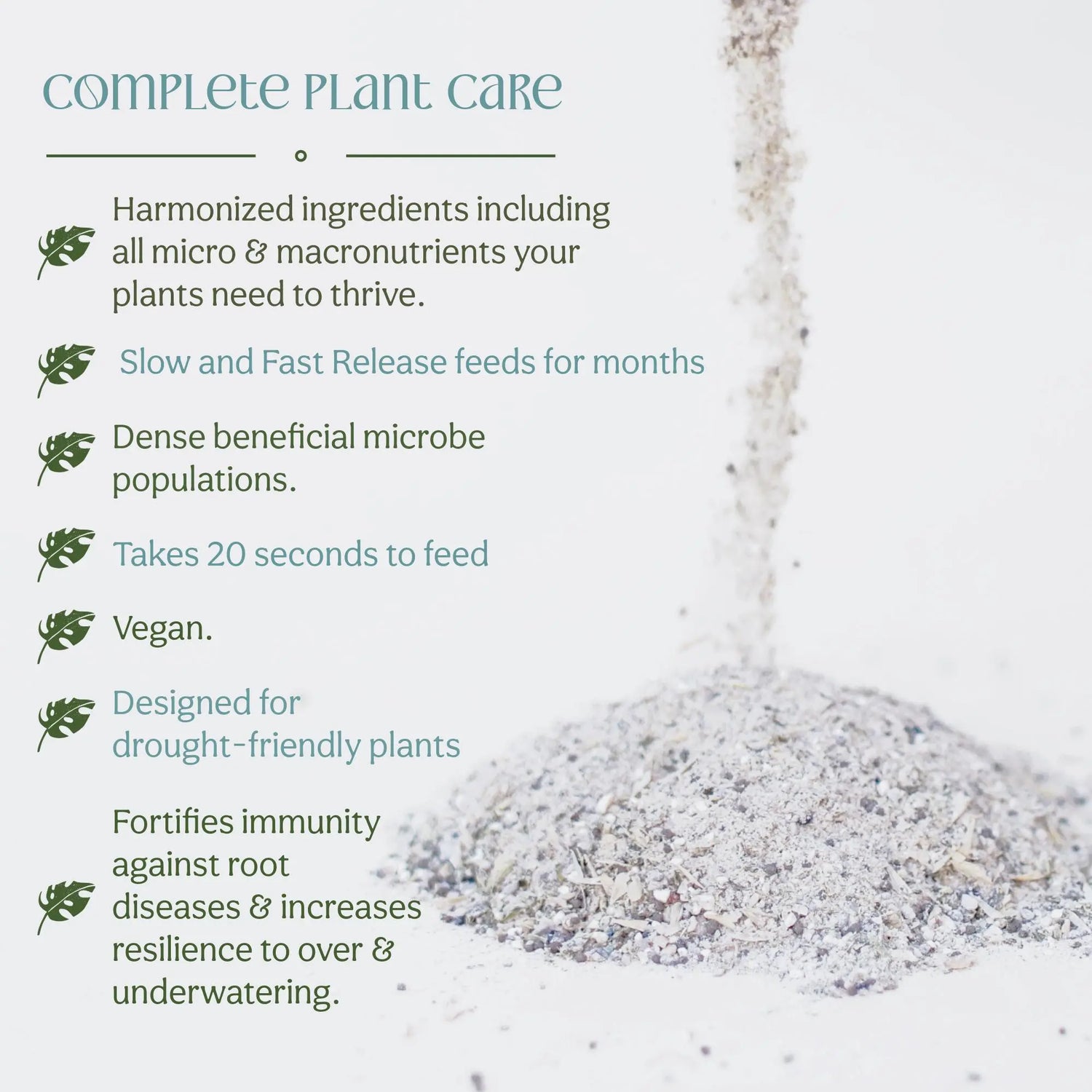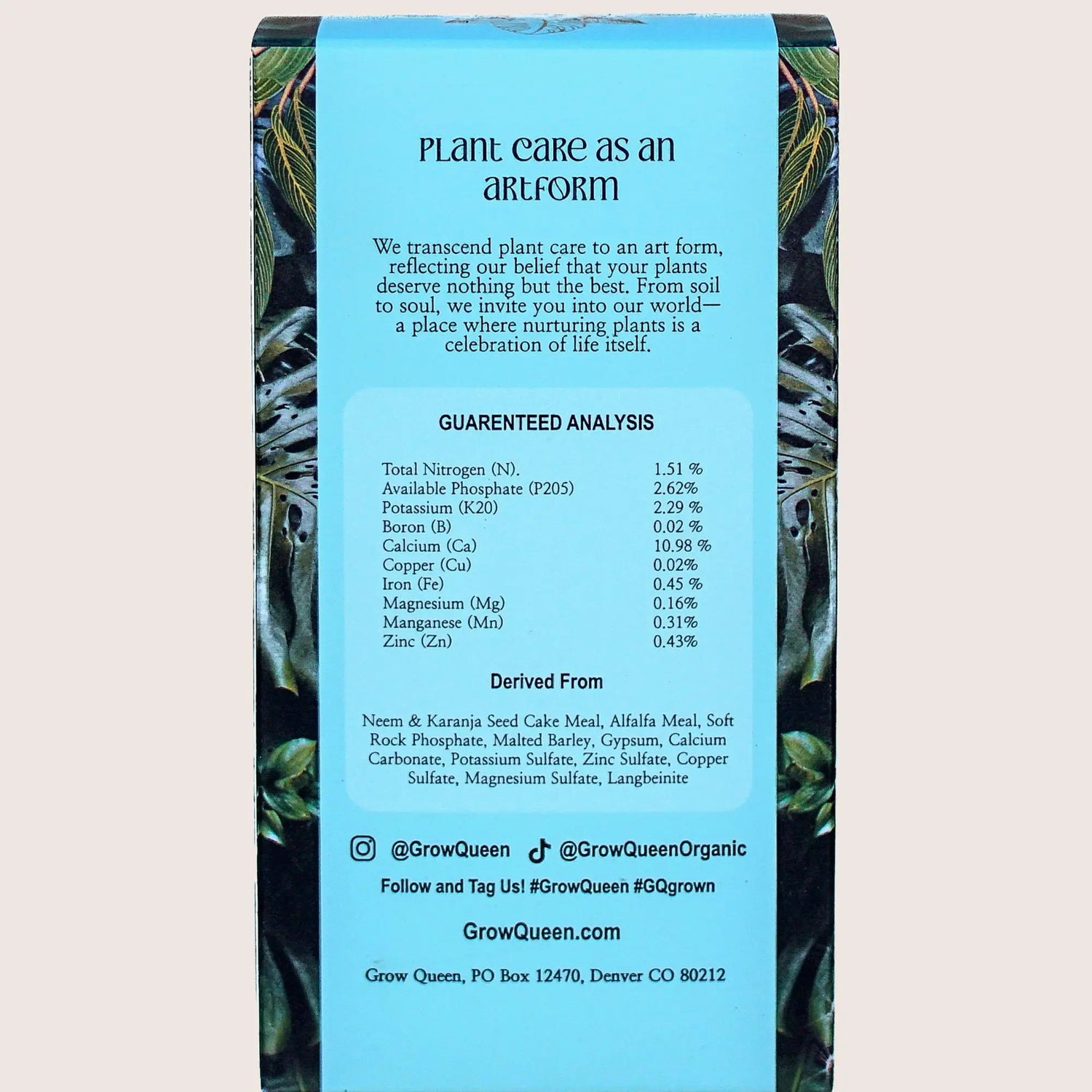Understanding Plant Light Requirements for Optimal Growth
Light is essential for all living organisms, particularly plants, as it plays a crucial role in photosynthesis. During this process, plants use a pigment called chlorophyll to absorb light, predominantly in the blue and red wavelengths. This energy converts carbon dioxide (CO2) from the air and water (H2O) from the soil into glucose, a sugar that provides energy and structural building materials for the plant.
Understanding Plant Light Requirements
Intensity: Refers to the quantity of light reaching a plant, measured in lux or PPFD (photosynthetic photon flux density). It influences the rate of photosynthesis and impacts plant morphology, such as stem length and leaf size. Higher intensities boost photosynthesis up to a saturation point, after which additional light has no further effect.
Spectrum: Concerns the quality or type of light, described by specific wavelengths within the visible range (380-730 nm).
Understanding Light Measurement Terms
Foot-Candles and Lux: Measure light intensity as perceived by the human eye. Foot-candles use lumens per square foot, while lux uses lumens per square meter. These units are crucial for designing spaces like homes and offices.
µmol/m²/s and PPFD: Measure light intensity in terms of photosynthetically active radiation (PAR), focusing on plant health by quantifying the number of photons hitting a square meter per second.
Daily Light Integral (DLI) Explained
DLI quantifies the total amount of light a plant receives over a day, akin to measuring the total "diet" of light. This measurement is invaluable for gardeners to ensure plants receive enough light to thrive, facilitating the adjustment of light conditions to meet specific plant needs.
Importance of DLI for Houseplants
DLI is crucial for determining the optimal light conditions for houseplants, which vary from low to high light requirements. Houseplants generally need a DLI range lower than outdoor plants or commercial crops due to their adaptation to indoor light conditions.
Converting Foot-Candles to DLI
To convert foot-candle readings into DLI, consider both the intensity of the light (in foot-candles) and the duration of light exposure (photoperiod in hours).
1 foot-candle ≈ 10.764 lux. Lux to µmol/m²/s: Roughly 1 lux ≈ 0.0185 µmol/m²/s for sunlight. Calculate DLI: DLI = µmol/m²/s × seconds per day × 1e-6 (to convert from µmol to mol).
Example: Suppose a low light plant receives 100 foot-candles, and you want to calculate the DLI for a 12-hour photoperiod.
Convert foot-candles to lux: 100 fc × 10.764 = 1076.4 lux
Convert lux to µmol/m²/s: 1076.4 lux × 0.0185 = 19.91 µmol/m²/s
Calculate DLI: 19.91 µmol/m²/s × 12 hours × 3600 seconds/hour × 1e-6 = 0.858 mol/m²/day
Ideal DLI Ranges for Houseplants in Foot Candles:
Low Light Plants (50-250 foot-candles): DLIs from 2 to 10 mol/m²/day. Suitable for indirect light or shaded areas. Examples: Snake Plant, Pothos, ZZ Plant, Peace Lily, Chinese Evergreen.
Medium Light Plants (250-500 foot-candles): DLIs between 10 to 20 mol/m²/day. Ideal for bright, indirect sunlight. Examples: Dracaena, Spider Plant, Monstera Deliciosa, Prayer Plant, Philodendron.
High Light Plants (500-1000 foot-candles): DLIs of 20 to 40 mol/m²/day. Best for direct sunlight for several hours daily. Examples: Fiddle Leaf Fig, Jade Plant, Succulents and Cacti, Orchids, Bird of Paradise.
Measuring and Adjusting DLI
Light Meters: Home gardeners can use light meters that measure in foot-candles and lux to determine the PAR reaching their plants. These measurements can then be used to calculate the DLI.
Location Adjustments: Moving plants closer to windows or using supplemental lighting (like grow lights) can help achieve the appropriate DLI.
The Role of Light Spectrum in Plant Growth
The light spectrum is critical for plant growth and development, with each wavelength triggering specific biological processes. Understanding and manipulating the light spectrum can significantly enhance plant health and productivity in both natural and controlled environments. This knowledge enables growers to tailor conditions to optimize growth, flowering, and even the nutritional content of plants, using technologies like LED grow lights and sophisticated greenhouse setups.
Different wavelengths impact various growth aspects:
Blue Light (400-500 nm): Promotes compact growth and is crucial for regulating processes like stomata opening and leaf development.
Red Light (600-700 nm): Enhances photosynthesis and flowering, playing a vital role in energy production.
Far-Red Light (700-750 nm): Influences shade avoidance and elongation processes when plants detect they are shaded by others.










